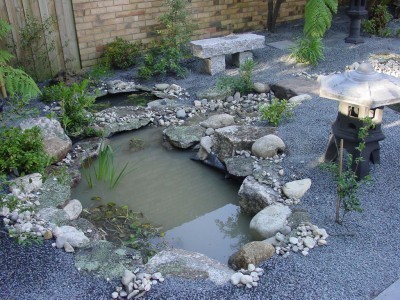






Japanese flower gardens are works of art, if done well. The key to designing your own Japanese flower gardens is to keep it simple and try to imitate nature in the layout. When dealing with Asian plants, it takes a bit of research to select the best Japanese garden plants for your own garden, but it isn’t difficult. Having a variety of plants for a Japanese garden is important.
The Japanese influence garden design appears most prominently as the Japanese Hill-and-Pond Garden. This garden style is more relaxed, especially when compared to European gardens. The Asian plants are laid out in distinct areas of smaller flowering trees and shrubs in the foreground, with hills, a small pond and forest trees in the background. The plants in the foreground are pruned into rounded shapes, to be reminiscent of hills and clouds.
Another form of Japanese garden design is the Stroll-Garden style. In this style of garden, a path is placed in the garden to allow the visitor to “stroll” through the garden, experiencing various focal points within the garden. In this style of garden, focal points typically include miniature recreations of famous Japanese sites, artwork and stories.
The Japanese influence garden design frequently features evergreens in their gardens, which are symbolic of permanence. Also, plantings tend to be sparse and strategically placed. By using limited amounts of plants in Japanese flower gardens, it helps the plants to be more of a focal point.
Some of the more popular evergreen western and Asian plants for background trees in Japanese flower gardens are:
Deciduous trees that need lots of water grow well near the pond are used as border and focal trees as well. These include:
Hedges are also wonderful Japanese garden plants, especially when trimmed in the traditional patterns. Plants for a Japanese garden include:
There are several colorful Japanese garden plants and flowers to choose from, in varying sizes and colors are all wonderful ways to add color to the garden. These are:
Ground cover plants are a nice way to add more texture and color to the garden. These plants for a Japanese garden include:
When using Japanese influence garden design, it is a challenge to balance the controlled pruning to make Japanese flower gardens look as natural as possible. However, the hard work will pay off when you have a lovely retreat in your own yard.
Copyright © www.100flowers.win Botanic Garden All Rights Reserved